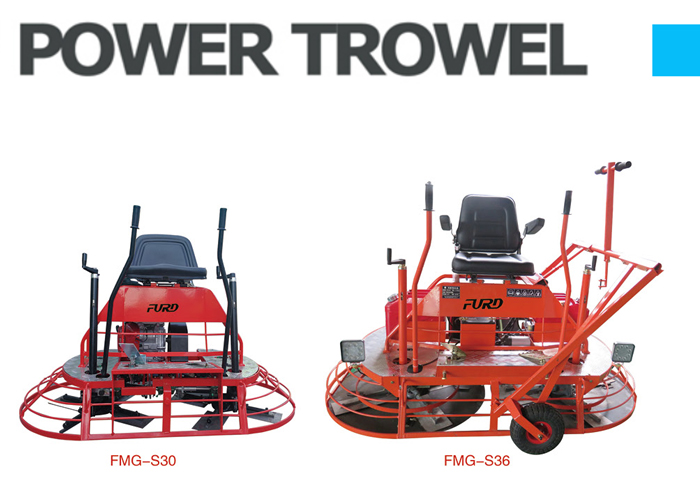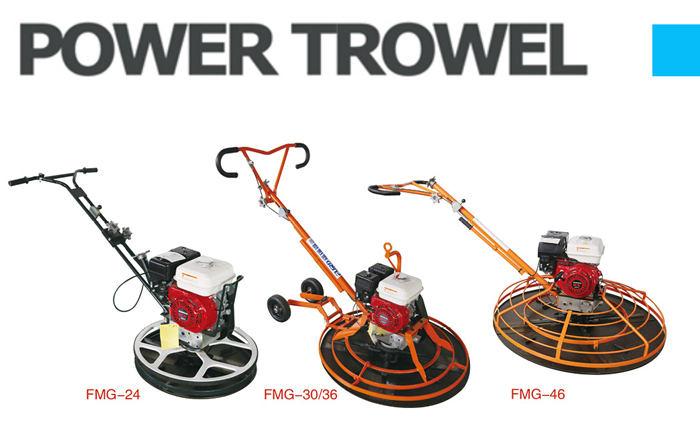First, the nature of the sample (1) Analysis of main component content The chemical analysis results of the main components of the sample are shown in Table 1. Table 1 Chemical analysis results of main components /% (II) Research on mineral composition The ore is mainly useful minerals limonite ore and heteroaryl water and a small amount of water cobaltite cobaltite, cobalt present in the cobalt main mineral heteroatoms independently the ore (manganese cobalt-containing soil), the limonite also contain minor amounts of cobalt Limonite and miscellaneous cobalt minerals account for about 10%. Whether it is cobalt mineral or limonite, it is a weathering product filled between quartz particles; the main gangue mineral is quartz and its weathering products, and the amount of possession About 65% to 70%, a small amount of clay minerals impregnated with limonite, the amount of about 15% to 20%. Cobalt: It is mainly composed of manganese-cobalt soil composed of manganese and colloidal water-cobalt ore formed with elements such as iron. A small amount is in the form of hydrocobalt or in limonite. The formation of these cobalt minerals or cobalt-containing minerals is most likely related to colloidal precipitation during weathering. The energy spectrum analysis shows that the most important components are silicon, aluminum and iron. The energy spectrum analysis of the ore polished sheet proves that silicon is mainly from the main body of the gangue in the ore - quartz, iron is mainly related to limonite, and aluminum is mainly from ore. The clay present in the clay is mainly derived from limonite. Cobalt is mainly composed of iron and manganese. The copper with little content is mainly found in cobalt-containing minerals and limonite. Scanning electron microscopy was used to qualitatively analyze the hydrous cobalt ore and suspected cobalt-containing minerals. It can be found that the change of cobalt content is very large, and it can be seen that it exists independently or related to manganese. The main manganese, but it can also contain iron, and the same in limonite. The main iron contains manganese, cobalt and copper, so it is more obvious to each other. It is proved that cobalt and copper must be simultaneously selected from cobalt and iron. It is impossible to concentrate cobalt and copper separately. The typical energy spectrum is shown in Figure 1. The energy spectrum analysis shows that cobalt is closely related to iron and manganese. The limonite itself (B) contains a certain amount of cobalt and copper, and the highest cobalt content appears in the manganese phase (C). When it is substantially free of manganese, cobalt is also rare (D). Figure 1 Typical energy spectrum Copper: The cobalt-containing phase contains copper, but its quantity is inferior to that of cobalt. At present, independent copper minerals with a sufficiently coarse particle size have not been identified, but only a small copper sulfide is observed under the microscope as a gangue-quartz tightly packed, and the number is extremely Less, less than enough. Therefore, most of the copper will be enriched in the concentrate along with the hydrous-mineral-cobalt-mineral minerals and limonite, but the grade of copper in the concentrate may not exceed that of cobalt; since there is no independent meaning of enrichment Copper minerals, so there is no need to consider the problem of increasing the recovery rate alone in the process. In fact, increasing the recovery rate of cobalt also increases the recovery rate of copper. (C) a metal composition and ore size distribution Screening and grading the raw ore directly or after grinding, the results are shown in Tables 2 and 3. Table 2 Raw ore (1mm) direct screening graded metal distribution results /% Table 3 Results of grading metal distribution after ore grinding It can be seen from Table 2 and Table 3 that in the unmilled condition of the original ore, the -0.025mm particle fraction occupancy rate is 34.39%, of which the cobalt grade is 0.23% and the metal occupation rate is 12.83%. In the case of ore grinding, The -0.025mm particle fraction occupancy rate is 55.83%, of which the cobalt grade is 0.56%, and the metal occupation rate is 47.92%. Obviously, after grinding, the 0.025mm fractional occupancy rate increases by 21.44%, and the cobalt metal distribution rate increases accordingly by 34.99. %, it is worth noting that the grade is increased by 0.33%. It is indicated that after grinding, some of the easily ground cobalt minerals enter the fine grade. Second, the determination of the process plan The main useful minerals in the ore are limonite and hetero-cobalt ore and a small amount of hydrocobalt. Cobalt is mainly found in cobalt-independent mineral-cobalt-cobalt ore, which also contains a small amount of cobalt. However, there is no independent copper mineral. Copper is mainly found in cobalt-containing minerals and limonite. Copper and cobalt are closely related and cannot be separately enriched. Copper will be enriched in the process of cobalt selection, and copper-cobalt is obtained. Concentrate. The ore contains high primary slime and needs to be pretreated, de-slurried and enriched. After pre-treatment and grinding, since the cobalt minerals of the heterogeneous water generally contain iron and manganese, and a part of the cobalt is added to the limonite, the strong magnetic separation is used to remove the secondary slime and then tailing; the final product is obtained by flotation. Control product quality. Third, the process test (1) A strong magnetic sweep test of the chute The ore particle size is 2mm, the test flow is shown in Figure 2, and the results are shown in Table 4. Figure 2 chute - strong magnetic sweep test flow Table 4 Chute-strong magnetic sweep test results It can be seen from the results in Table 4 that a strong magnetic sweep of the chute can remove the original slime better. The cobalt grade of the chute concentrate 1 is lower than that of the concentrate 2, mainly due to the high content of coarse gangue of concentrate 1. (2) Strong magnetic re-tailing test after grinding mud removal 1. Magnetic field strength test The raw ore is pretreated to remove the original ore tailings. After grinding, the strong magnetic separation is performed to remove the secondary slime tailings. The test results are shown in Fig. 3. Strong magnetic field selection is preferably 1.6T. Figure 3 Magnetic field strength test results 2. Grinding fineness test After the strong magnetic field selection is selected, the grinding fineness test is carried out after 1.6T. The test results are shown in Fig. 4. Figure 4 Grinding fineness test results 3. Strong magnetic selection test The strong magnetic separation test was carried out on the strong magnetic concentrate, and the test results are shown in Table 5. Table 5 Strong magnetic selection test results /% It can be seen from Table 5 that the magnetic field strength is reduced and then selected, and the obtained concentrate contains less cobalt than the medium ore, further indicating that the strong magnetic separation cannot obtain a suitable cobalt concentrate. 4, strong magnetic separation tail test The rough selection magnetic field strength is 1.2T, the sweep magnetic field strength is 1.6T, and the strong magnetic separation tailing test results are shown in Table 6. Table 6 Grinding magnetic separation tail test results /% It can be seen from the results of Table 6 that after the pre-treatment, the ore is re-magnetically selected to obtain a higher-grade coarse concentrate. Therefore, the ore is subjected to pre-treatment and then magnetically selected and then tailed. (3) Flotation test The previous strong magnetic selection test proved that high product quality could not be obtained by strong magnetic separation. The final product was selected by flotation. First use the chute to pre-de-sludge, and then use a rough selection, a sweep, a strong magnetic and then throw the tail, and then float to obtain the product. After the relevant flotation rough selection and selected drug condition test, a closed circuit test was carried out, and the results are shown in Table 7. Table 7 Flotation closed circuit test indicators /% Fourth, the conclusion (1) Process mineralogical research shows that the main useful minerals in the ore are limonite and hetero-cobalt ore and a small amount of hydrocobalt ore. Cobalt is mainly found in cobalt-independent mineral-rich cobalt ore, and also in limonite. Containing a small amount of cobalt, limonite and hydrocobalt ore, cobalt ore minerals accounted for about 10%, whether cobalt or limonite, are weathering products filled between quartz particles; the main gangue mineral is quartz and Weathered products account for about 65% and 70% of the total, and a small amount of clay minerals that are infiltrated with limonite account for about 15% to 20%. There is no independent copper mineral. Copper is mainly found in cobalt-containing minerals and limonite. Copper and cobalt are closely related and cannot be separately enriched. Copper will be enriched in the process of cobalt selection, and copper-containing cobalt concentrate will be obtained. mine. (2) The ore contains high proportion of primary slime, which needs to be pretreated and deslimed. After pretreatment, the ore is widely used. Because the cobalt minerals in the water are generally iron and manganese, and some of the cobalt is present in the limonite, it is strong. Magnetic separation removes secondary slime and then tails. The recommended procedure of this test is: grinding the ore after pre-treatment, performing strong magnetic separation to remove secondary cement and then tailing, using flotation to obtain the final product, and controlling the product quality, so that the cobalt-cobalt concentrate has a cobalt grade greater than 3%, copper. The grade is greater than 1%.
Ride on Troweling Machine is easily operated and ideally suited for floating and finishing the concrete surfaces of large areas. These units help produce high-tolerance concrete floors.
Ride-on Power Trowel works efficiently and cost-effective for accurate and highly productive finishing of large concrete surface and super FF flat floor tolerance.
Application:
Trowel machine can be widely used to warehouses, parking lots, squares, airports and buildings of concrete frame surface, smooth, trowel. It`s the best choice for concrete construction.
Features:
-Low mainternance & Long-life design;
-Over-built gearbox assure long service life;
- Heavy weight design to assure superior finish;
-Safety designed guard ring;
-Height adjustable handle, assures operator comfort & easy control.
FURD factory also produce Walk-behind Power Trowel, the size has 24" Walk-Behind Power Trowel, 30" walk-behind Power Trowel , 36" walk-behind power trowel and 46" walk-behind power trowel.
Ride-on Power Trowel Ride On Power Trowel,Troweling Machine,Concrete Trowel Machine,Concrete Power Trowel Jining Furuide Machinery Manufacturing Co., Ltd. , https://www.furdroller.com











